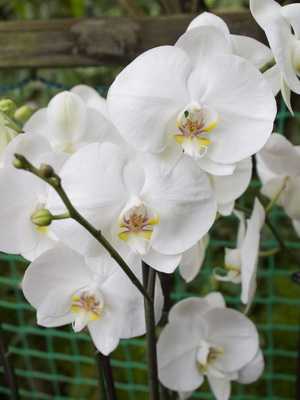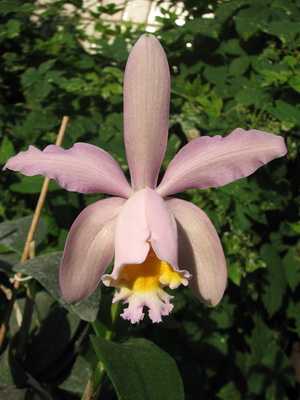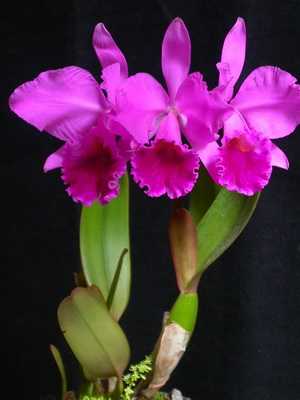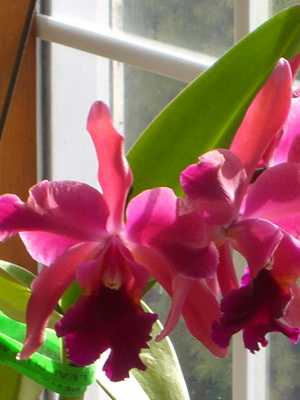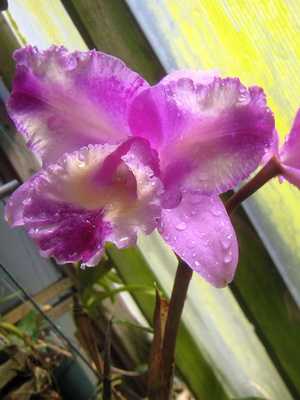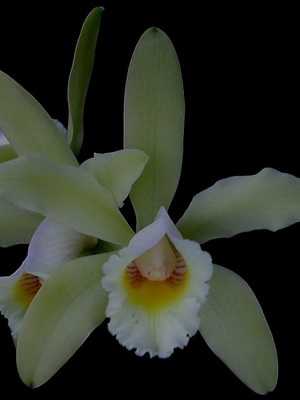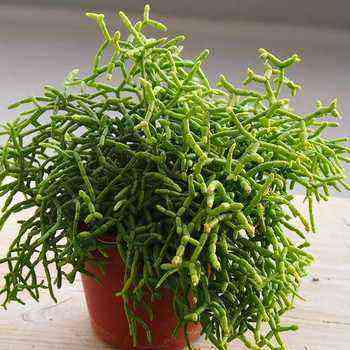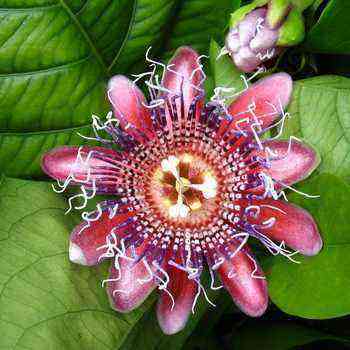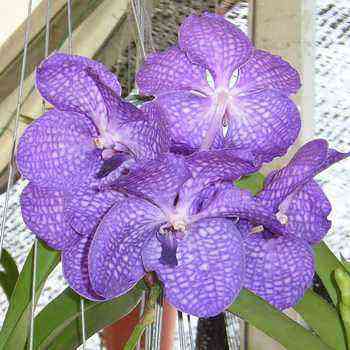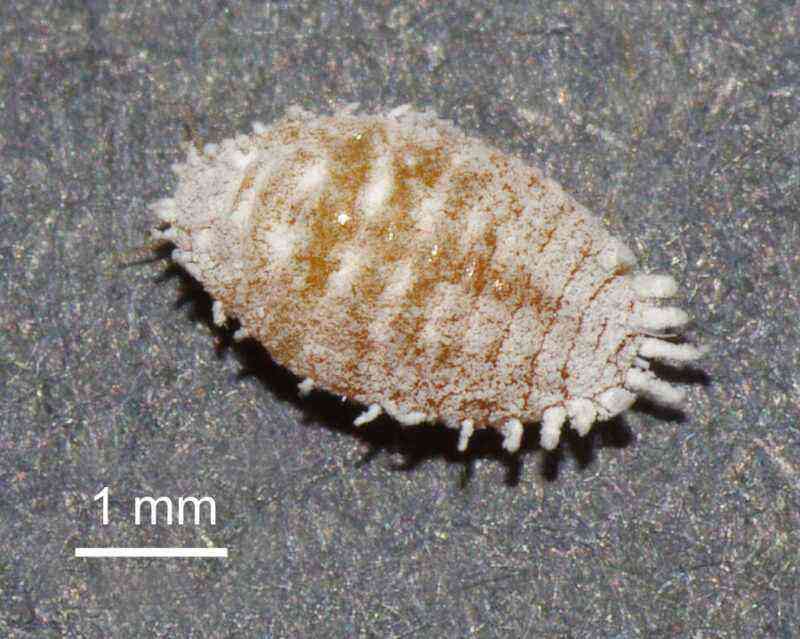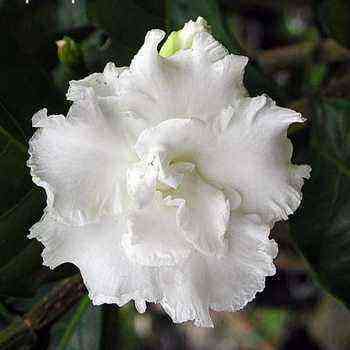
Cattleya (CATTLEYA) is one of the most common orchid genera. In Central and South America, in the Antilles, in Mexico, more than 65 species and natural varieties of this genus are distributed. These are sympodial epiphytic and lithophytic plants with spectacular large, often fragrant flowers that stay on peduncles for a long time. The stems of these sturdy plants are thickened cylindrical or fusiform pseudobulbs, which bear one, two, rarely three gray-green leathery leaves on top.
Types of Cattleya flower
Up to 30 natural species of Cattleya and hundreds of artificial hybrids are widespread in culture. The most famous are the intergeneric hybrids – brassocattlea, leliokattleya, sofroleliokattleya.
Hybrid forms are combined under the name cattleya hybrid (Cattleya hybrida)… These are orchids obtained as a result of crossing different types of Cattleya with each other and subsequent numerous crosses between varieties. Most often, Cattleya lipped and its many forms and varieties act as one of the parents.
Cattleya x venosa Is a natural interspecific hybrid between C. forbesii and C. harrisoniana, originally from Brazil. It is an excellent houseplant because it is compact and blooms profusely.
The genus is named after the English gardener William Cattley (1788-1835), who was one of the first to grow tropical epiphytic orchid species.
Cattleya Earl “Imperials” is a popular white orchid with curly petals and a lip. This hybrid was obtained by crossing the white forms of C. trianaei, C. qaskelliana and C. mossiae.
Cattleya eclipse Is a popular hybrid obtained by crossing C. maxima and C. skinneri. As seen above, the Cattleya Eclipse Orchid has fairly large, purple flowers.
Cattleya Miyuki is an abundant flowering plant that grows rapidly. Numerous clusters with beautiful crimson flowers are formed on it.
Pay attention to the photo of Cattleya flower Margaret Degenhardt “Saturn” – its flowers are distinguished by bright crimson-purple petals. It usually blooms twice a year.
Cattleya Luteous Forb is a compact hybrid with greenish-yellow scent flowers. It can bloom twice a year.
Along with the numerous interspecific hybrids (numbering thousands), which are obtained from the crossing of natural Cattleya species with each other, there are a large number of complex interspecific hybrids bred with the participation of orchid genera close to Cattleya, such as Lelia, Brassavola and Sofronitis.
Cattleya flower care
Most species require warm maintenance in winter. Cattleyas are popular houseplants that thrive on light, sunny windowsills.
Hybrid plants are light-requiring, but in summer they need shading from direct sunlight. Grown in a warm room (in winter – + 16 … + 18 ° C, in summer – + 22 … + 28 ° C). When caring for the Cattleya orchid during the growth period, in the summer the plant is abundantly and often watered and must be ventilated. In September-October, they are kept in a moderately moist state, and in winter, during the dormant period, in a moderately dry state. Pseudobulbs should not wrinkle. Air humidity during the rest period should be high.

The main enemies of the Cattleya are the mealybug and scale insects, which can hide under the thin shells of pseudobulbs and flowers.
Cattleya is propagated by dividing the rhizome during transplantation. A standard plot should have 2-3 pseudobulbs and at least one growth point. It is advisable to sprinkle the place of the cut when transplanting the Cattleya orchid with crushed charcoal, and then plant it in damp ground.

